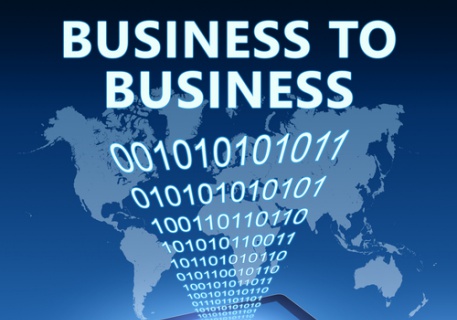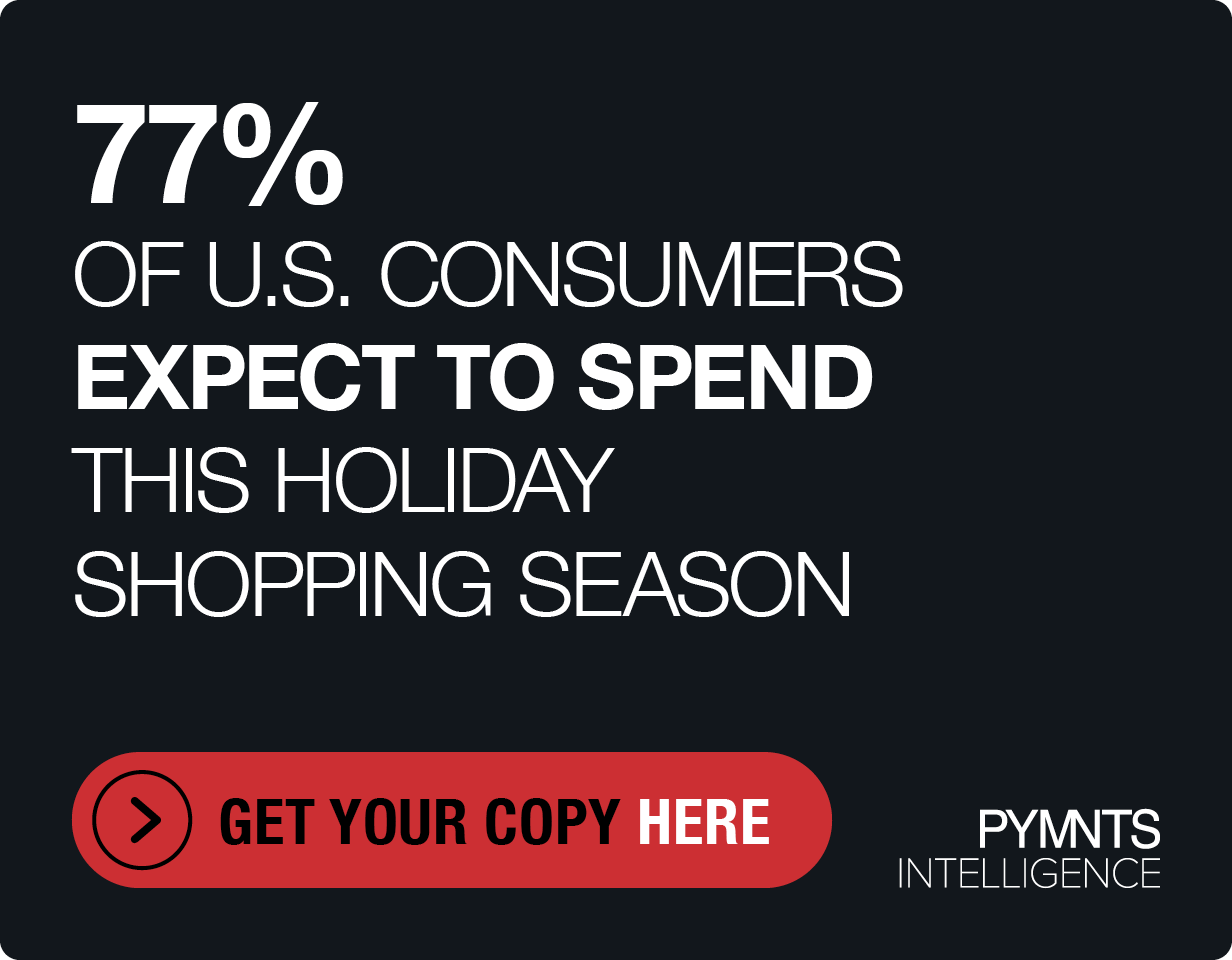B2B ePayments: The Pros And Cons

A variety of alternatives exist for B2B payments, and each has variations that require consideration, both for their positives and negatives. How long is the float? How much does the payment form cost to accept, or to set up? How much effort is it going to take to get the process in place? And how does it fit into the business’ accounting system?
Checks for years have been the predominant form of B2B payment, but just as eInvoicing has evolved, so, too, have electronic forms of payment. Today, B2B sellers have a variety of options available to both reduce cost and to speed up the time it takes to get paid.
PYMNTS.com takes a look at the various payment options available to B2B companies, including checks, wire transfers, purchasing/virtual cards and automated clearinghouse (ACH).
Check acceptance
Since the Check 21 law went into effect in 2003, companies have been able to speed up the time it takes to process paper checks by converting them into electronic payments using the magnetic ink character recognition (MICR) line that notes the bank routing and account information. As such, the float on checks has been reduced to about one business day from five business days before Check 21.
Moreover, according to AOC Solutions, an accounts payment/receivable commercial-payments provider, the vendor-processing float, which was approximately two days, has been eliminated, and the payment-clearing float has been cut to one day from three business days.
“In most cases, the cost savings from paying electronically exceed the money you would earn from check float at today’s interest rates,” the company notes on its website.
Direct costs associated with writing checks include such paper supplies as envelopes and invoices, postage, and bank charges to process the checks, AOC says. “The average cost estimate is between $3 and $9 per check payment,” the company says on its site, noting NACHA estimates the true cost of processing a paper check is about $8.
Such estimates may not include the costs associated with employee time to process the paper, the printer and printer ink, exception handling, and fraud. Other check-related considerations include the high amount of effort needed to accept checks, plus the need to manually enter data into the company’s accounts payable system. However, setup costs are minimal, AOC notes.
Although businesses have rapidly replaced checks being written to consumers, the same does not hold true with check payments to other businesses, according to the Federal Reserve Bank’s “2013 Federal Reserve Payments Study Detailed Report.” Declining by 3.8 percent per year since 2009, B2B checks had the slowest decline of any category of checks. At 6.7 billion in 2012, B2B checks were the second largest category of checks.
ACH payments
ACH payments support virtually no float, as even though they typically take a day or two to reach the vendor, the payer must have the full amount in its account the entire period to avoid overdraft charges. Sending an ACH payment may cost up to 25 cents, depending on the buyer’s ACH processor, according to AOC.
“ACH payments will require an initial setup with a company that processes ACH payments and a payment set-up form for each client that wants to pay by ACH,” the company notes. “Transactions using ACH use end-to-end encryption, helping to ensure their safety and confidentiality.”
Also, funds transferred electronically pass through fewer hands than do paper checks, and federal regulation and banking rules provide consumers with protection regarding electronic payments.
With ACH payments, sellers receive information that helps automate matching, including the buyer’s account number, name, invoice number, invoice date, invoice gross amount, amount paid and purchase order.
Wire transfer
Most B2B payments will not involve wire transfers, which tend to involve very large lump-sum payments.
Moreover, AOC notes, no standard exists for sending remittance information that allows efficient reconciliation and posting of an electronic payment once they are received. “They are more complex to set up and have a high cost, averaging $20 to $35 per transaction to the buyer,” the company notes on its website. “Wire transfers happen in real time, so there is no float, (and they) … cannot be reversed or stopped.”
Approximately 6 percent of wires in 2012 were sent from consumer customer accounts, and the remaining 94 percent were sent from business accounts. Of the wires sent from business accounts, 91 percent were from business customer accounts, and 9 percent were for bank-to-bank settlement, according to the Fed’s report.
Purchase and virtual card
Purchasing cards (P-cards) or virtual card provide the greatest float. Though the seller is credit immediately, the payer receives the same loan benefit as a personal credit card, where charges are consolidated and become payable at the end of the monthly cycle.
Other benefits the cards provide include communication control and detailed remittance advice. Controlled spending limits also help buyers, and sellers eliminate processing costs for many purchase orders, ACO notes, adding that, just as with ACH, billers’ enterprise resource planning systems automatically can handle the payments, while setup and maintenance are similar, the company says.
“Cards utilize all the built-in fraud and security systems incorporated in the credit payment system,” AOC says.
Virtual card payments, where no plastic is issued, just the card data, represent the safest form of transaction, as a new virtual card number is generated for each transaction. Additionally, since they are onetime-use cards, they cannot be used to access additional funds even if the information is compromised.
For payers, P-cards and virtual cards also carry charge-back rights. “Should the merchant fail to deliver on the services or products as specified, you have the right to dispute the charge and have the amount credited back to you,” AOC notes, “In the case of faulty merchandise, you have up to a year to make this claim.”
For B2B players, the types of payment options available all have their benefits and detriments, depending on whose point of view—the buyer’s or the sellers—one considers. But the trends are apparent, and as paper chck use decline, the electronic alternatives will take on increasing importance for both sides of the payments equation.
